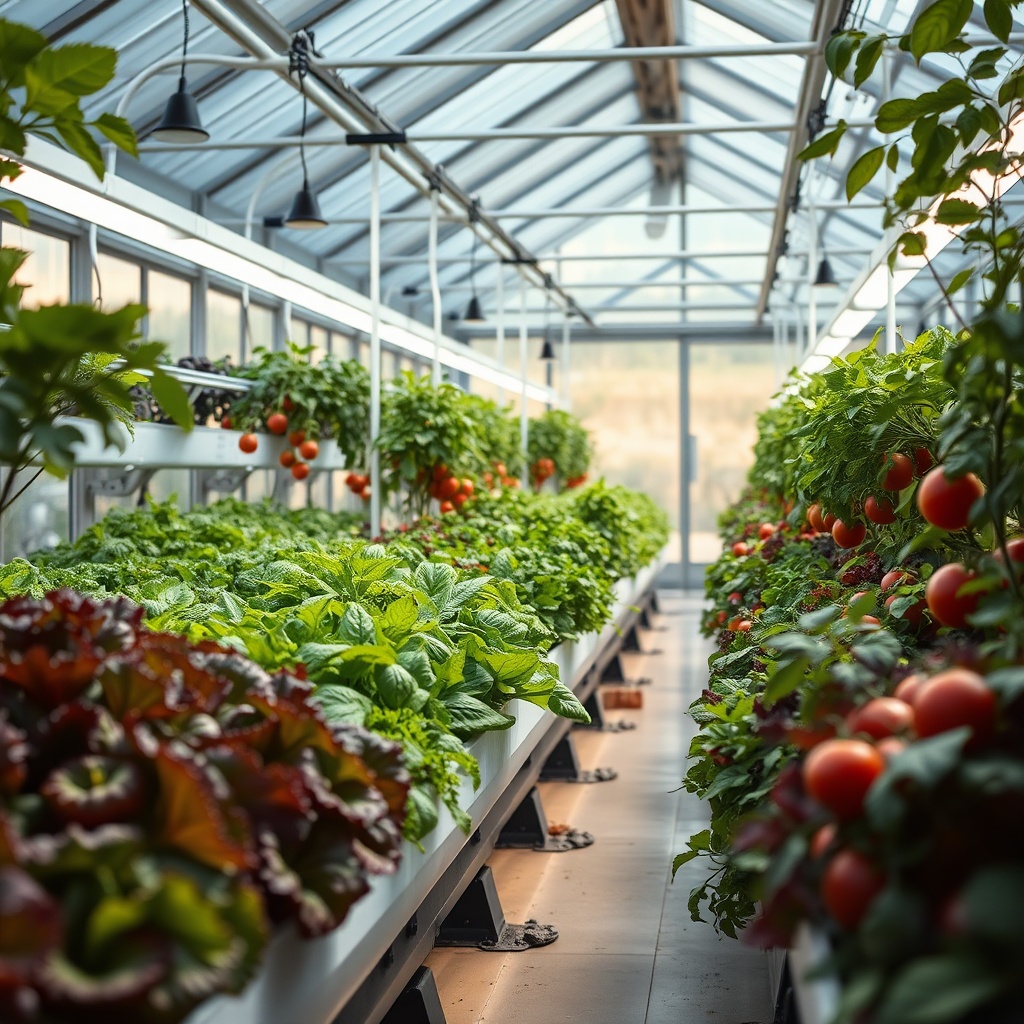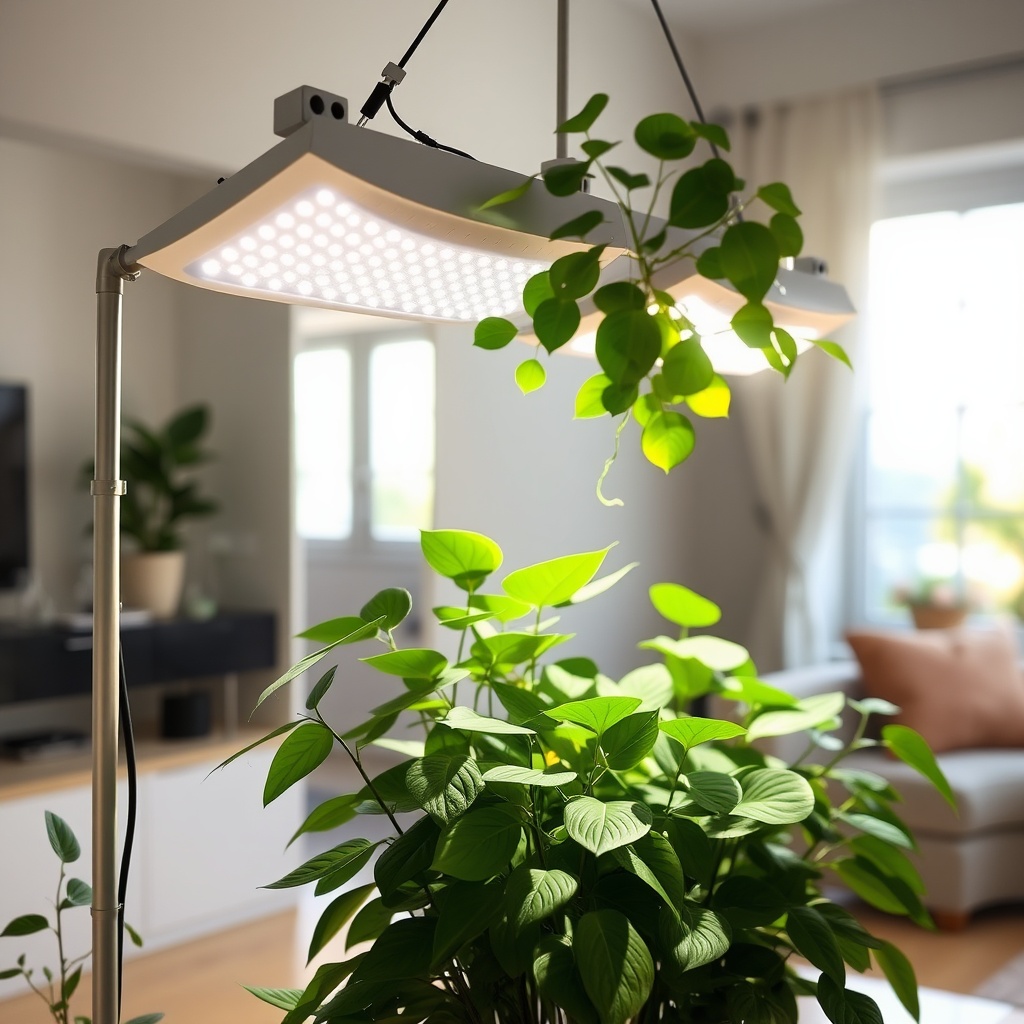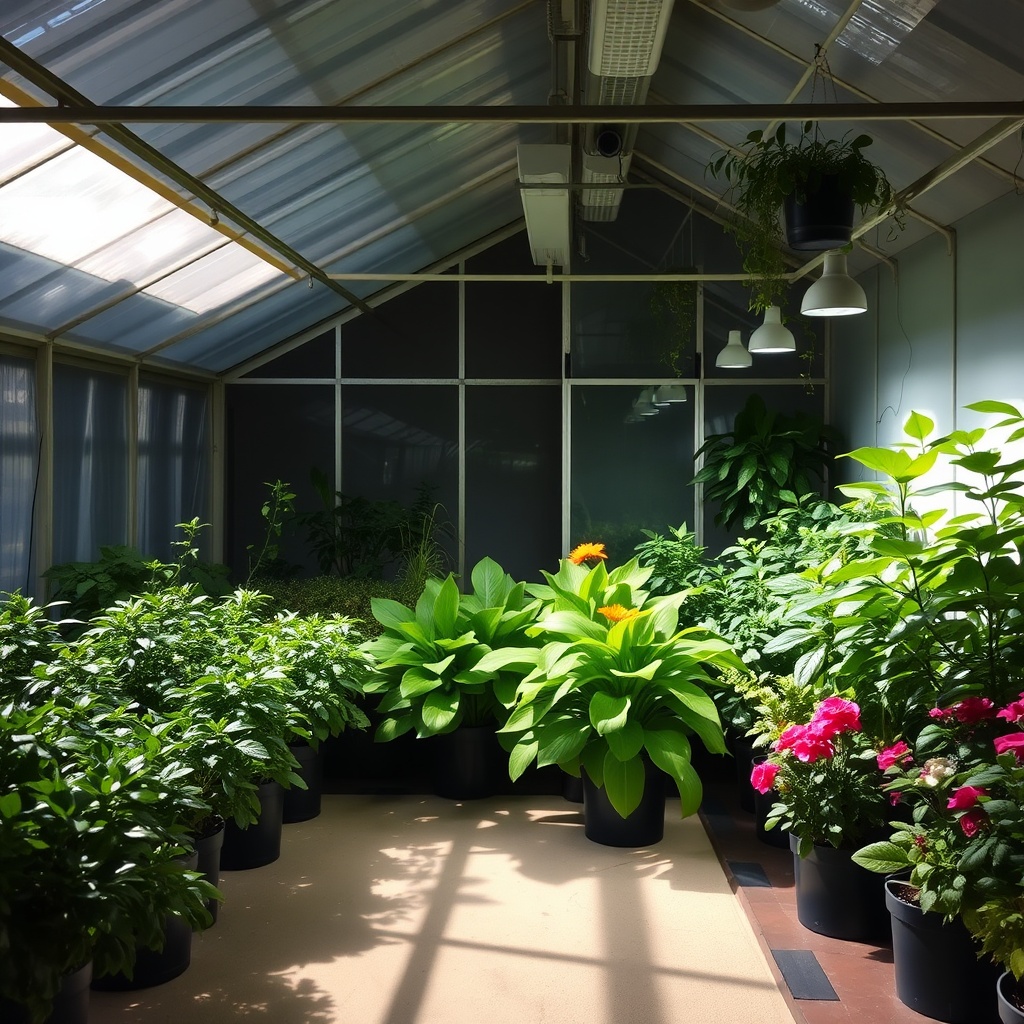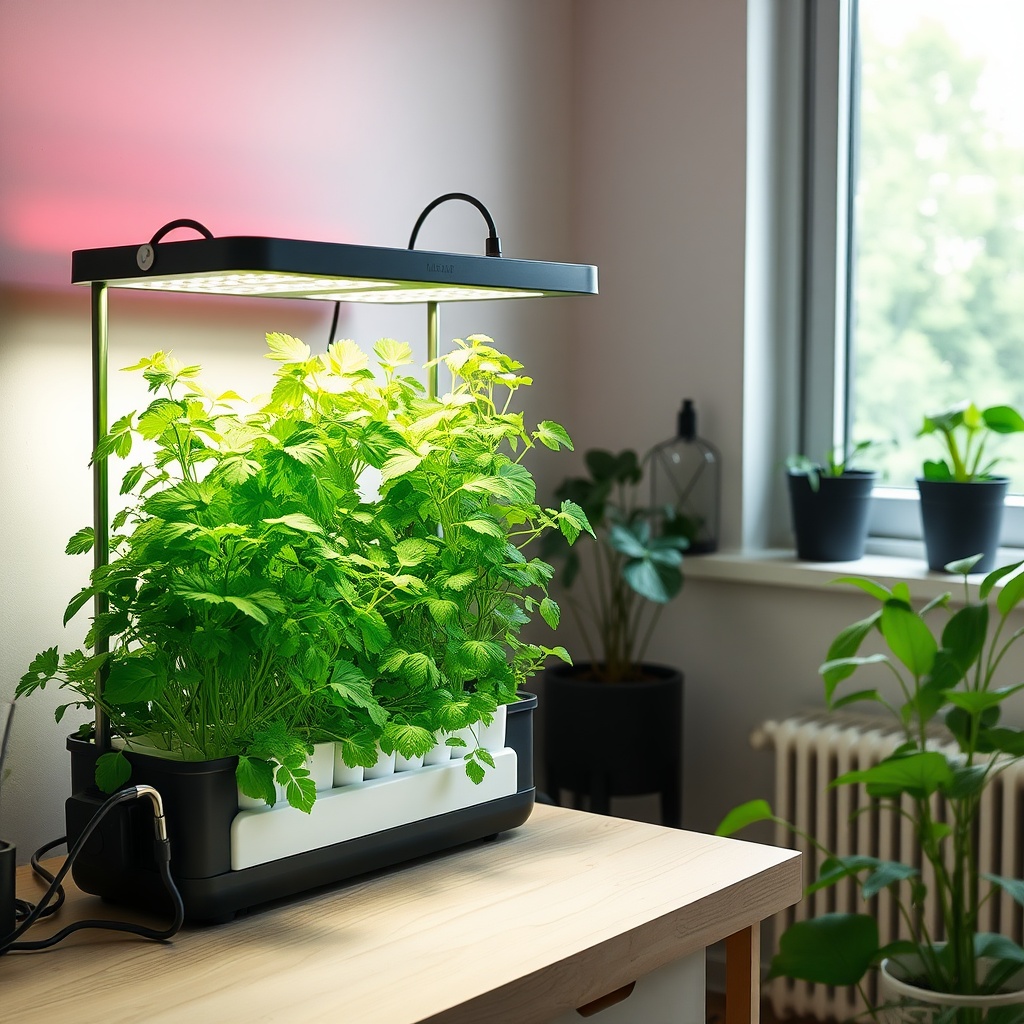Understanding the Fundamentals of Light in Hydroponics

Light is a fundamental factor influencing plant growth in hydroponic systems. Unlike traditional soil cultivation, hydroponics relies heavily on artificial lighting to provide the necessary energy for photosynthesis. Knowing how to calculate the light requirements for various crops can optimize growth rates and yields. This article delves into the essential aspects of light calculations for different hydroponic crops.
Light Requirements for Common Hydroponic Crops

Different crops have varying light intensity and duration requirements based on their specific growth stages. It is crucial to understand these needs to create an ideal environment for each crop. Here is a comparative overview of light requirements for some commonly grown hydroponic crops:
- Lettuce: 12-16 hours of light, 200-400 µmol/m²/s
- Tomatoes: 14-18 hours of light, 400-700 µmol/m²/s
- Cucumbers: 14-18 hours of light, 300-600 µmol/m²/s
- Basil: 12-16 hours of light, 400-600 µmol/m²/s
- Strawberries: 12-16 hours of light, 300-500 µmol/m²/s
This list serves as a guideline, but it is essential to monitor the plants closely and adjust the light settings based on their response.
Calculating Light Needs: A Step-by-Step Approach
To accurately calculate the light requirements for any specific hydroponic crop, follow these steps:
- Identify the crop and its growth stage.
- Determine the light intensity needed (measured in µmol/m²/s).
- Calculate the total light exposure time (in hours).
- Consider the type of light source (LED, HPS, etc.) and its efficiency.
- Adjust the light distance and duration based on real-time plant response.
By methodically assessing these factors, growers can ensure optimal conditions for their hydroponic crops, leading to improved growth and productivity.




